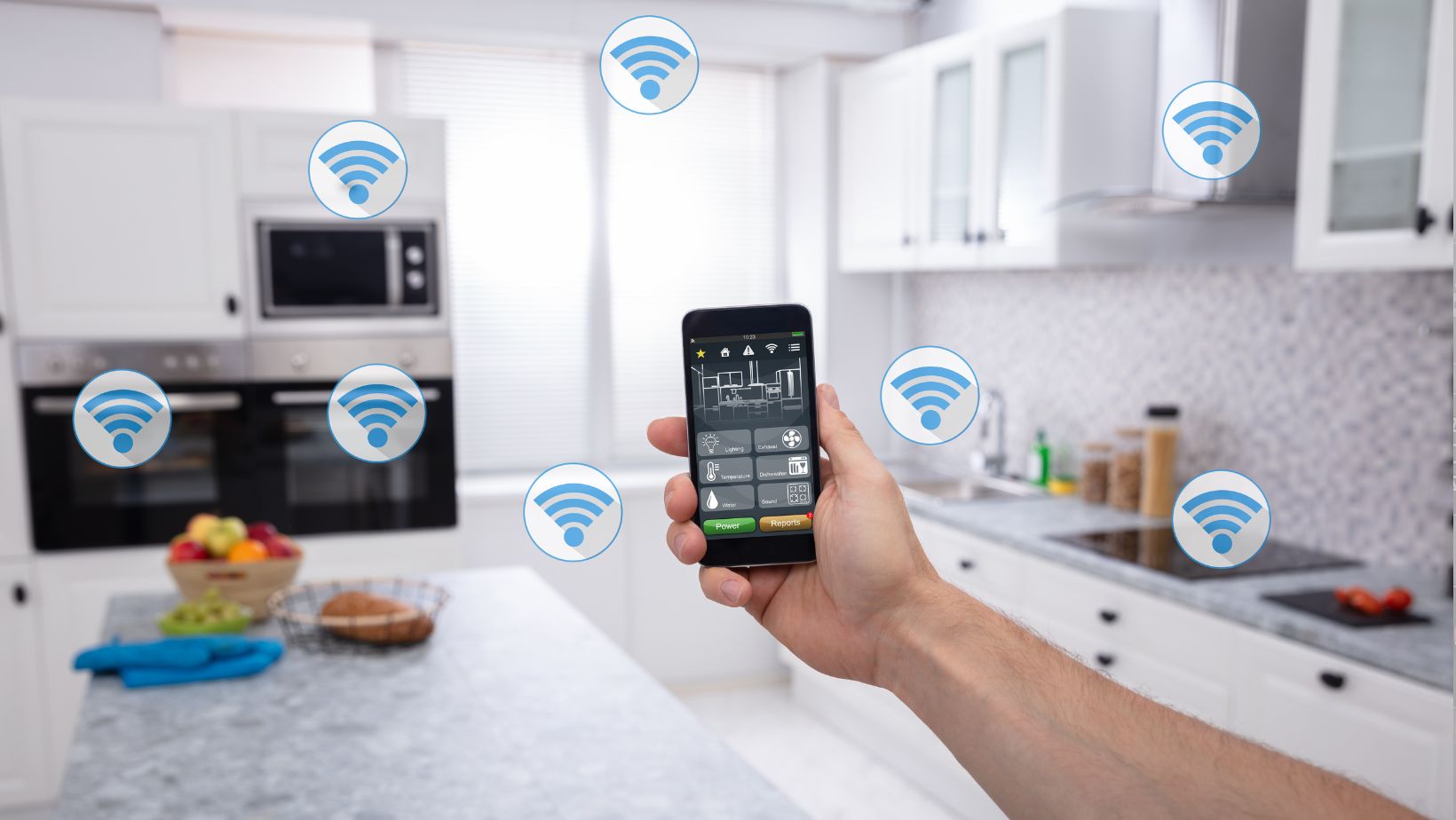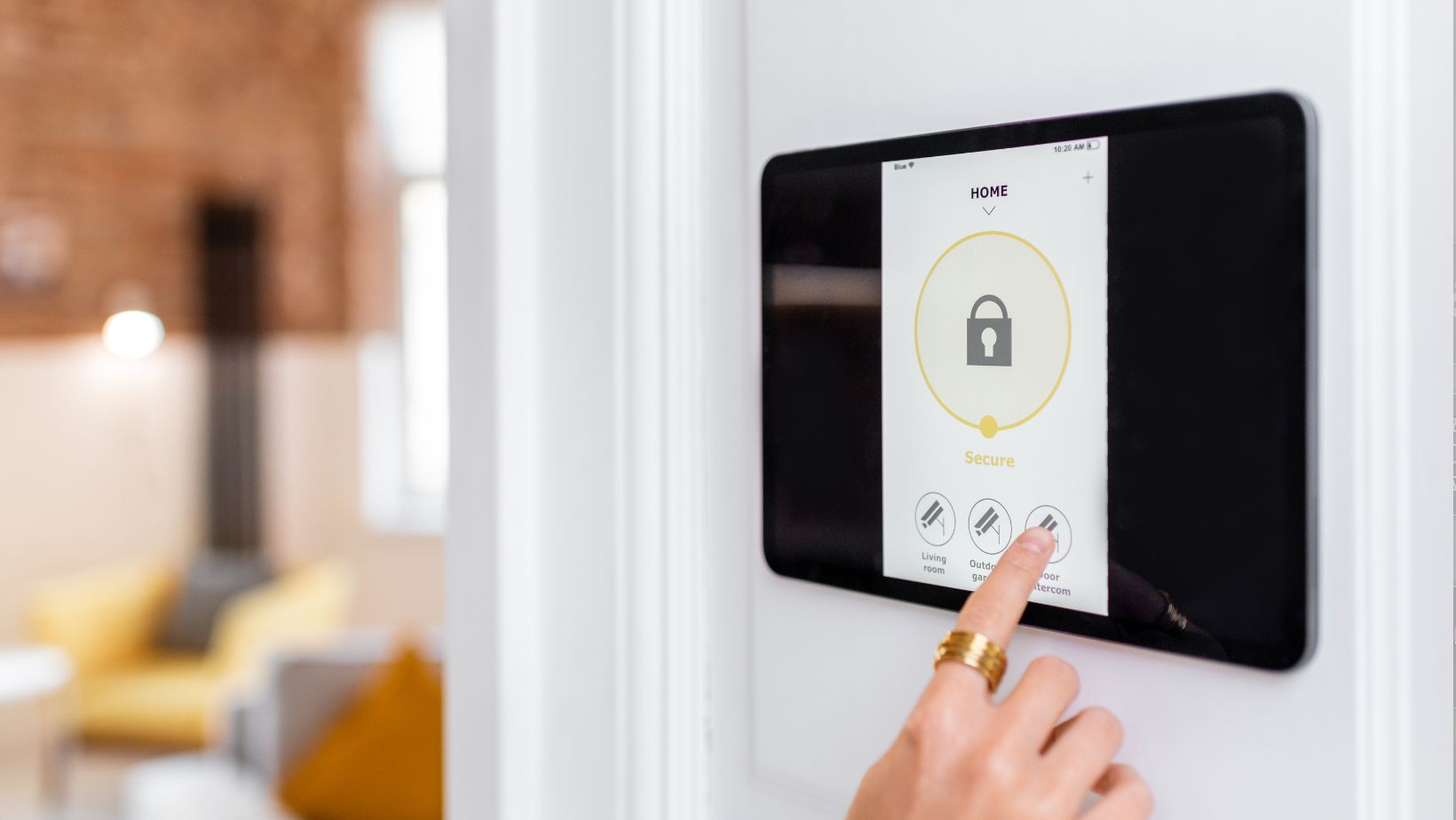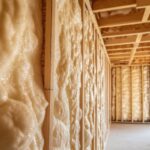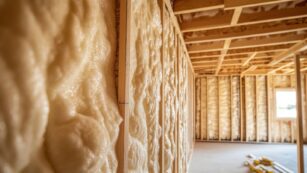
Technology has revolutionized the way we live, work, and even design our homes. With the rise of smart homes, home automation, and other innovative technologies, the modern home is becoming more and more connected. Technology has not only made our homes more efficient and convenient, but it has also opened up new possibilities for creative and unique home designs.
The role of technology in modern home designs cannot be overstated. From energy-efficient appliances to voice-activated assistants, technology has made it possible to create homes that are not only beautiful but also functional and sustainable. With the use of virtual reality and 3D printing, architects and designers can now create and test home designs in a virtual environment, allowing for greater precision and creativity.
In this article, we will explore the impact of technology on modern home designs. We will examine the latest trends and innovations in home automation, energy efficiency, and smart home technology. We will also look at how technology is changing the way we design and build homes and what the future holds for the modern home.
Evolution of Technology in Home Design
Historical Overview
The use of technology in home design has come a long way over the years. In the past, technology was limited to basic electrical wiring and plumbing systems. However, with the advancement of technology, home design has become more sophisticated and efficient.
One of the earliest examples of technology in home design was the introduction of central heating systems in the 19th century. This allowed homes to be heated more efficiently and effectively, making them more comfortable to live in. Later on, the introduction of electricity allowed for the use of lighting, appliances, and other electrical devices.
Contemporary Trends
In recent years, technology has continued to play a significant role in home design. One of the most notable trends is the use of smart home technology. This technology allows homeowners to control various aspects of their home, such as lighting, temperature, and security, through their smartphones or other devices.
Another trend is the use of energy-efficient technology. This includes the use of solar panels, energy-efficient appliances, and smart thermostats. These technologies not only help to reduce energy costs but also have a positive impact on the environment.
In addition, technology has also influenced the design of home interiors. For example, the use of 3D printing technology has allowed for the creation of unique and custom furniture pieces. Virtual reality technology has also been used to create realistic 3D models of home interiors, allowing homeowners to visualize their designs before they are built.
Overall, the evolution of technology has had a significant impact on home design. From basic electrical systems to smart home technology, technology has made homes more comfortable, efficient, and environmentally friendly.
Smart Home Systems and Automation
Energy Management
With the rise of smart home systems and automation, energy management has become a key feature in modern home designs. Smart thermostats, lighting systems, and appliances can be controlled remotely through a smartphone or tablet, allowing you to adjust settings and save energy even when you’re away from home.

By monitoring your energy usage and providing real-time feedback, these systems can help you identify areas where you can reduce your energy consumption and save money on your utility bills.
Security and Surveillance
Smart home systems also offer advanced security and surveillance features that can help keep your home and family safe. With smart locks, cameras, and motion sensors, you can monitor your home from anywhere and receive alerts if there is any suspicious activity. These systems can also integrate with other smart home devices, such as lighting and sound systems, to create a more comprehensive security solution.
Convenience and Comfort
Finally, smart home systems and automation can provide a range of convenient features that make your life easier and more comfortable. From automated lighting and window shades to voice-activated assistants and entertainment systems, these technologies can streamline your daily routines and create a more enjoyable living experience. With the ability to customize settings and preferences, you can create a personalized smart home environment that meets your specific needs and preferences.
In summary, smart home systems and automation are transforming modern home designs by providing advanced energy management, security and surveillance, and convenience and comfort features. With a wide range of devices and technologies available, it’s easier than ever to create a smart home that meets your unique needs and preferences.
Sustainable and Eco-Friendly Technologies
Renewable Energy Integration
To reduce your carbon footprint and make your home more sustainable, integrating renewable energy sources is a great option. Solar panels are a popular choice for generating electricity, and they can be installed on your roof or in your yard. You can also consider installing a wind turbine if you live in a windy area. These technologies can help you save money on your electricity bills while also reducing your impact on the environment.
Green Building Materials
Using eco-friendly materials in your home can also help you reduce your environmental impact. Look for materials that are made from renewable resources, such as bamboo or cork flooring. You can also use recycled materials, like reclaimed wood or recycled glass, to add unique touches to your home. Additionally, you can consider using low-VOC paints and finishes to improve your indoor air quality.

When it comes to building a sustainable and eco-friendly home, there are many technologies and materials available to help you achieve your goals. By integrating renewable energy sources and using eco-friendly materials, you can reduce your environmental impact and create a healthier living space for you and your family.
Architectural Design Software
3D Modeling and Visualization
Architectural design software has revolutionized the way architects and designers create and visualize modern home designs. With 3D modeling and visualization tools, you can create detailed and accurate representations of your design ideas. These tools allow you to see your design from multiple angles and perspectives, making it easier to identify potential issues and make necessary changes.
One of the biggest advantages of 3D modeling and visualization software is the ability to create photorealistic renderings of your designs. This allows you to see exactly how your design will look in real life, helping you to make informed decisions about materials, colors, and finishes.
Simulation and Analysis Tools
In addition to 3D modeling and visualization, architectural design software also includes simulation and analysis tools. These tools allow you to test your designs for various scenarios, such as structural integrity, energy efficiency, and lighting.
Simulation tools can help you identify potential issues and make necessary changes before construction begins. For example, you can simulate how your design will perform in different weather conditions or how it will function in terms of heating and cooling.
Analysis tools can help you optimize your design for energy efficiency, reducing your environmental impact and saving you money in the long run.
Overall, architectural design software is an essential tool for modern home designers and architects. With 3D modeling and visualization, simulation, and analysis tools, you can create more accurate and efficient designs, saving time and money in the process.












